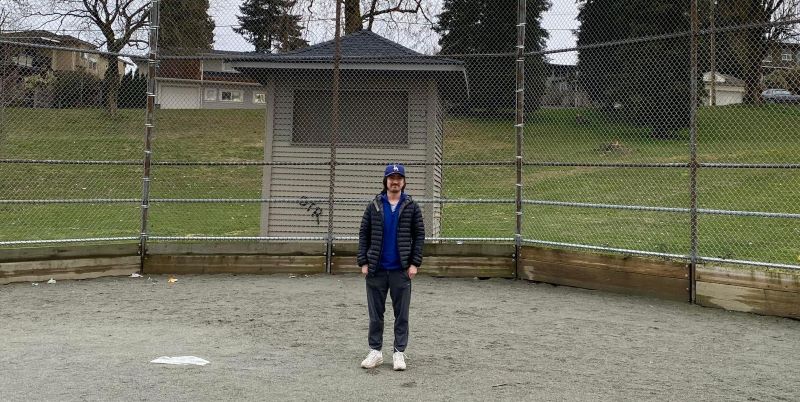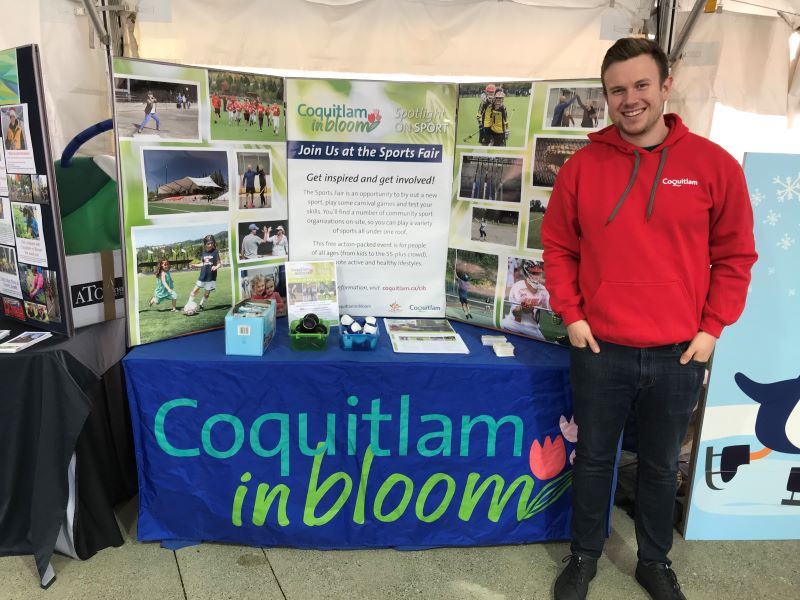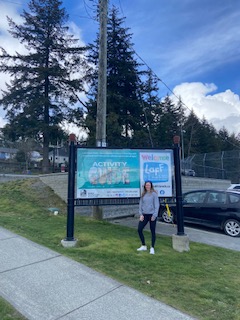RECR 4400 Research Questions (2023)
“What barriers do children aged 6-18 face when trying to participate in minor sports and how can the City of Coquitlam better address these barriers?” -Cameron Nakata
The barriers faced by children aged 6-18 when trying to participate in minor sports can be financial, social, and cultural. Playing sports can be very expensive. Outside of registration and equipment costs there are often additional costs that families must pay for their child to participate. The City of Coquitlam does a good job with their financial assistance for recreation programs to help people access their facilities. Also not-for-profit organizations like KidSport Tricities do a great job assisting with registration fees and help families get sports equipment for their children. Community sports organizations also usually have their own policies in place to address financial barriers to participate in their sport. Although these services exist they are often underutilised. Developing a strategy for the promotion of these services and seeking out opportunities for collaboration is vital in addressing these barriers. The City of Coquitlam has a diverse population leading to cultural barriers for families trying to participate in sports. Finding ways to offer culturally diverse sport programming is a great way to celebrate these families and reduce barriers to participation. Competition can also be a barrier to participation. The minor sports environment has seen a shift to be more competitively focused in recent years. Offering non-competitive focused sports opportunities in the City of Coquitlam can be employed to alleviate this issue.
"What are the challenges that recreation patrons experience when attempting to register for Vancouver Board of Parks and Recreation programs and services, and how can these challenges be addressed to increase accessibility of programs and services?" -Dilpreet Parmar
The challenges that recreation patrons experience when attempting to register for Vancouver Board of Parks and Recreation (VPB) programs and services revolve around difficulties being able to navigate the online registration portal effectively due to a lack of digital literacy skills or knowledge of the online registration portal, reserving a program spot for programs that garner a lot of community interest (e.g., aquatics, day camps, etc.), and having all of a program’s spots filled up through the online method of registration, making the other two methods of registration essentially obsolete or useless. The lack of programming resources to address high community demand will need to be answered through a different lens, but how the rest of these challenges can be addressed to increase accessibility of VPB programs and services will require focusing on utilizing the relevant, currently underutilized ActiveNet (registration software) features to increase the efficiency of the registration process, prioritizing the improvement of the registration information and FAQ page on the VPB website to make it easier for adults, older adults, and seniors to learn more about the registration processes, and more specifically, how to navigate the online registration portal effectively for smooth registration, and shifting more VPB resources towards increased affordable and realistic offerings of digital literacy programs and services across VPB facilities in order to increase the digital literacy skills for those in the community that need it.
"How can the City of Coquitlam's Parks, Recreation, Culture and Facilities departments form partnerships with non-profit organizations to build healthy communities and active citizens?" -Paul Radnidge
The importance of this research area lies in the potential for such partnerships to create opportunities for addressing community needs and increasing citizen participation. Operationalizing key terms, such as benefit, partnership, nonprofit organization, healthy communities, and active citizens, is necessary to clearly define these concepts in the context of the research. The literature review examines the process of partnership formation, such as aligning vision and goals, creating mutually beneficial agreements, and implementing sustainable practices. The review also explores the benefits for municipalities, nonprofits, and communities, as well as areas of controversy, including sustaining partnerships over time and control over programming. Gaps in the literature include the lack of Canadian content and the need to explore other types of partnerships. The methodology overview describes the use of interviews, general public observations, and content analysis to gather data for the research. The research findings and analysis suggest creating a common goal, building partnerships on flexibility, applying a benefits-based approach to fees and charges, and clear and consistent communication as effective strategies for partnership formation. Based on the research, recommendations include establishing a clear mission and vision statement for the partnerships, develop a communication plan with key performance indicators, hold regular check-ins and evaluations to ensure effective communication, implement a formal benefits-based approach to fees and charges, build flexibility into partnership agreements and develop evaluation and procedures for unsuccessful partnerships. Overall, this research highlights the potential for partnerships to build healthy communities and active citizens, and suggests strategies for effective partnership formation that can benefit municipalities, nonprofits, and communities.
"What transferable skills do youth ages 13-18 develop through participating in municipal recreation and how can the City of Richmond's Youth Staff create opportunities that enable youth to develop these skills?" -Maggie Conway
Through participation in drop-in sports, registered programs, social clubs, youth councils and volunteer opportunities, youth gain a multitude of new skills, and abilities. The transferable skills that youth gain from participating in recreation range from social-emotional skills such as communication, conflict resolution and building healthy relationships to professional development skills such as leadership, organization and time management. In addition, youth also develop a sense of positive self esteem and view of their community. Youth can become a vital part of the shaping of their community through this participation in recreational activities and can create their own impacts on their community by learning more about how the city works and how decisions are made. The key components for a successful youth services foundation are involved and engaged staff, developmentally appropriate and engaging programs, the involvement of youth in the planning process of these programs and services, and the continued support of youth serving programs. These components are essential to the health and success of a youth serving organization and must be constantly re-assessed in order to determine where certain challenges, issues or opportunities exist.
"What challenges do municipalities face with recruiting and retaining certified fitness leaders, and how can the Cowichan Valley Regional District better support this?" -Aly Davey
From management, facility operators, and programmers, to customer service, program instructors, and leaders, people who work in recreation love their careers. These professionals love the variety of work that can be incorporated and the ability to have a positive impact on their community (B.C. Recreation and Parks Association, 2008). While the sector has undergone a considerable amount of growth, recruitment and retention of qualified recreation professionals continues to be a topic of discussion and concern (Parr, 2005).
Creating such a positive impact on their communities, recreation professionals have the role and responsibility to not only acknowledge changes but understand the best response that can be implemented. Beginning as a mere topic that related to my personal mission and vision, the topic was assessed and refined to create an answerable question that would guide the learning over the past 12 weeks. The question was brought forward into a review of the literature which focused on providing supportive evidence, controversies, and identification of gaps, which included the state of the industry, certification and licensing, retention and recruitment, and employee commitment.
Through assessing, analyzing, and interpreting the data, there were correlations, contradictions, similarities, and differences to indicate important themes in the outcomes that may respond adequately to the question. As such, the findings contribute to the applicable final five recommendations that are comprised of 1) creating a similar program to the Health Career Access Program; 2) having the Cowichan Valley Regional District investing in the growth of their fitness leaders; 3) offering more stable hours resulting in a committed team; 4) crafting a stronger partnership and advisory with the BCRPA, and, 5) allowing staff to have more involvement and attention with industry challenges and successes. By acknowledging and understanding these challenges, the Cowichan Valley Regional District can better support the recruitment and retainment of certified fitness leaders, so that the quality programs that the patrons value and rely on are not jeopardized.
